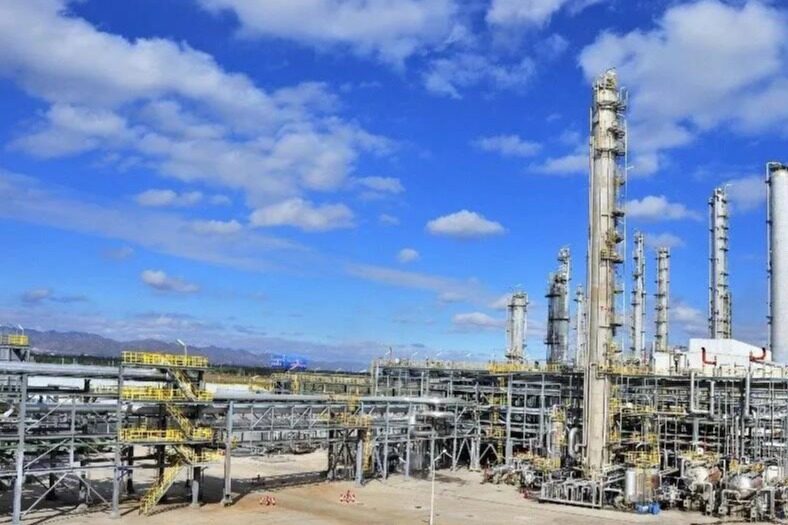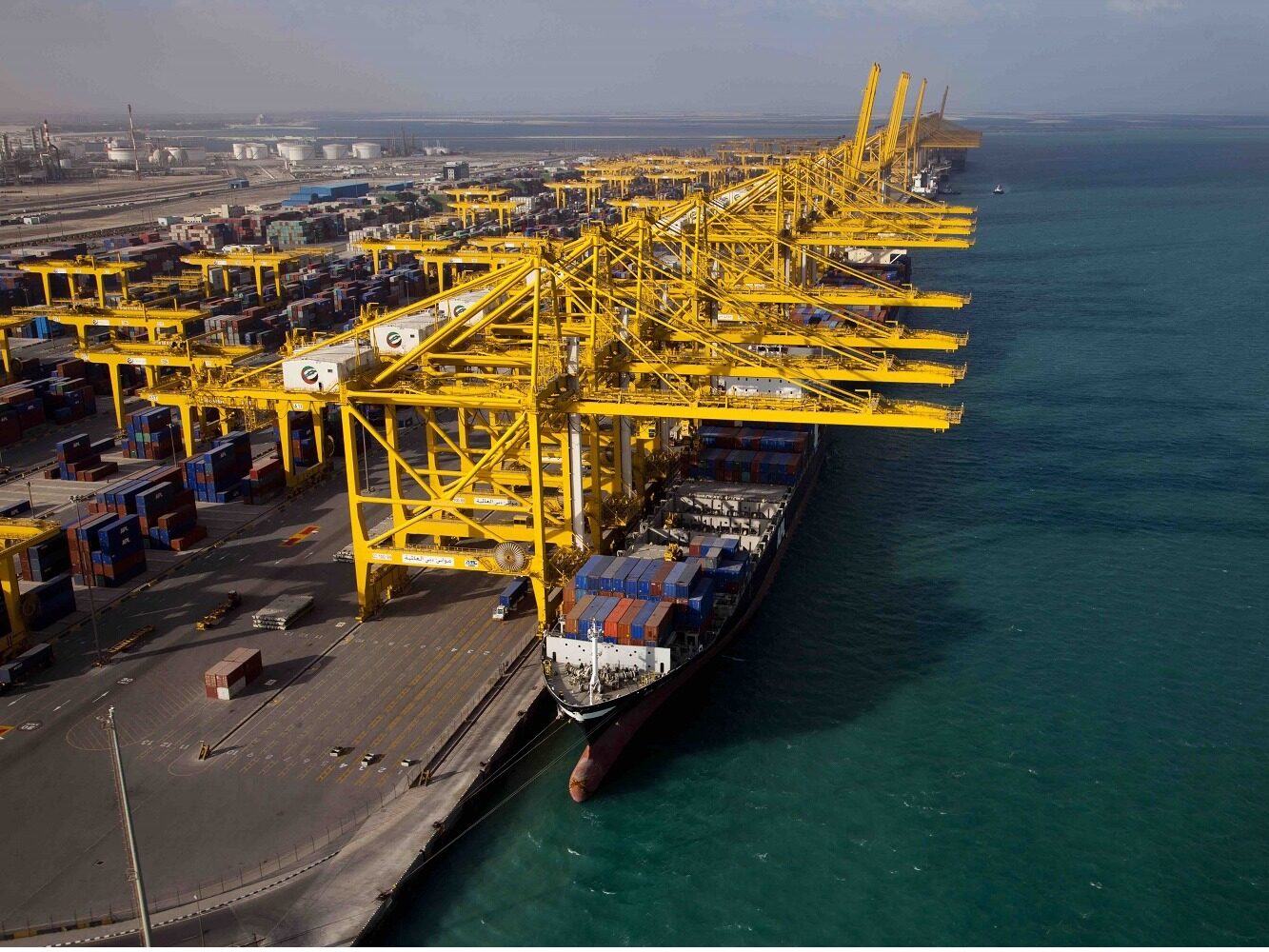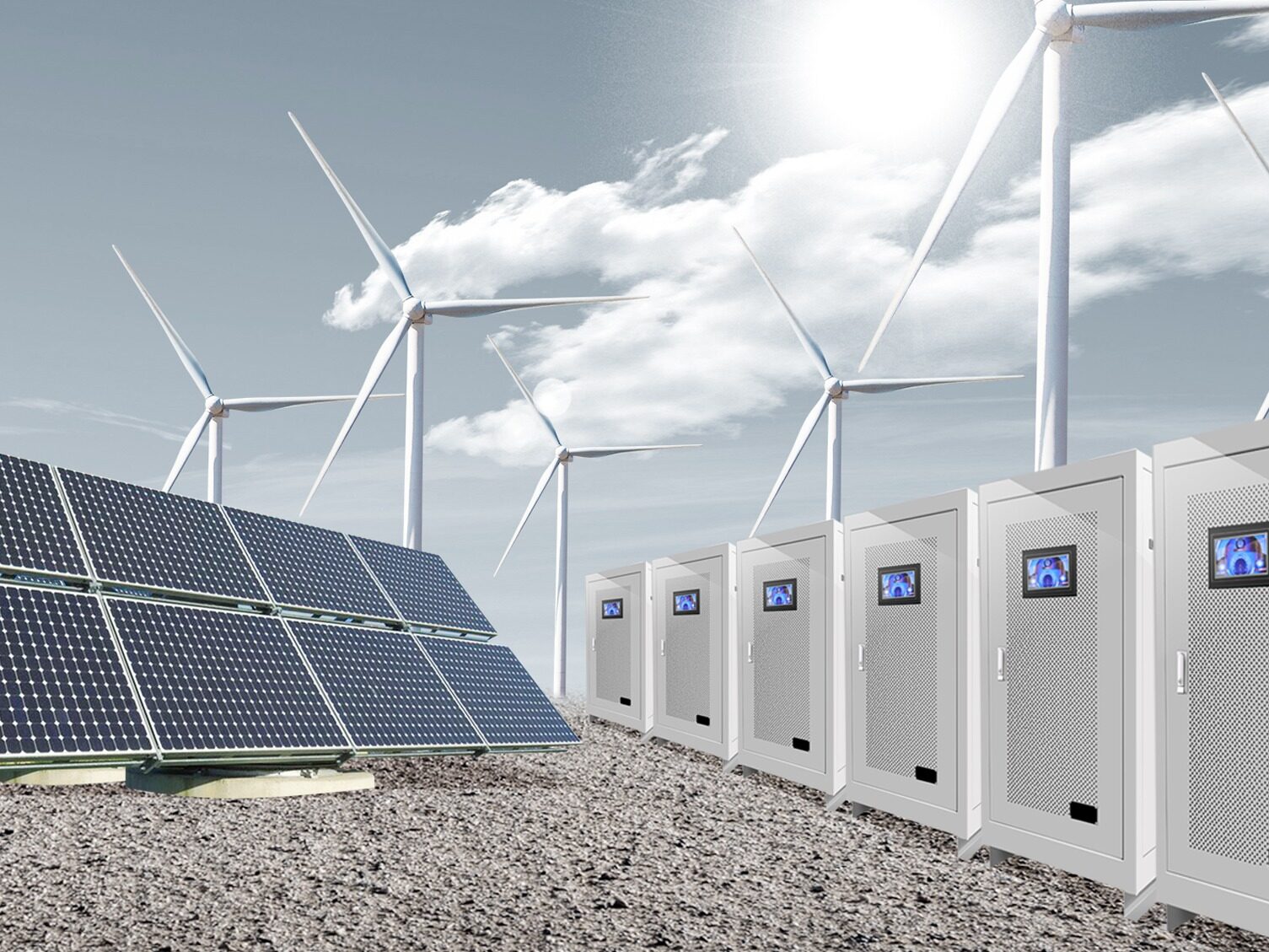- As environmental constraints increase, the coal chemical industry will be the first to be hit
- Focusing on carbon emission reduction, the situation of independent division of various energy varieties should be broken, and the combination of resource advantages among various energy systems should be promoted

Under the dual impact of the sharp drop in international oil prices and the new crown epidemic, the modern coal chemical industry will continue to be under pressure, especially the carbon peak and carbon neutral requirements, which will put more severe tests on the industry.
"There is no problem with project compliance, and other approval procedures are complete. We are currently waiting for the implementation of energy consumption indicators." Challenges such as carbon emissions" "The difficulties of land and water use have been solved in the early stage, but now we are encountering new puzzles, first of all, energy consumption..." In recent interviews, people from coal companies in Inner Mongolia, Shaanxi, Ningxia and other places, Incidentally, he told reporters that the life of the coal chemical industry is "more and more sad."
Statistics show that in 2020, the national coal chemical industry will consume 930 million tons of coal (including coke) and emit 550 million tons of carbon, of which direct emissions from energy activities and industrial production processes account for 88%, and indirect emissions from electricity account for 12%. With its own high-carbon attributes, is there a future for the modern coal chemical industry?
Corrective exercise-style carbon reduction does not mean relaxing requirements
"With the tightening of the dual control policy for energy consumption, many places have adopted restrictive measures, such as reducing coal supply and power supply. This has caused many coal chemical companies to be in a state of semi-stop and shutdown, and the entire industry is miserable." Long-term concern about coal. Chen Danjiang, an industry insider in the chemical industry, told reporters that recently, the National Development and Reform Commission's rectification campaign to reduce carbon, and some areas have gradually restored the normal electricity and coal consumption indicators for coal chemical projects, and said that they will help enterprises to resume normal production and operation as soon as possible, which will bring a front line. vitality. "Nevertheless, it does not mean that the control requirements for the coal chemical industry have been relaxed."
As he said, regions where energy intensity did not fall but increased in the first half of the year will be suspended this year for energy conservation reviews for the “two highs” projects other than major projects planned by the state, including major coal chemical provinces such as Ningxia and Shaanxi. “Due to the fact that the intensity of energy consumption does not drop but rises, which seriously affects the local energy double control target, the Ningdong base has been identified as a first-level warning area. It is required to resolutely reverse the unfavorable situation in the third quarter. New projects are almost impossible. Inner Mongolia this year The total amount of coal is only allowed to add 5 million tons of standard coal on the basis of 2020. These increments are undoubtedly a drop in the bucket, and it is difficult to guarantee the use of coal for the'planned' enterprises, let alone meet new projects." Examples of named industry insiders.
At the same time, there are "water" constraints. The National Development and Reform Commission, the Ministry of Industry and Information Technology, the Ministry of Ecology and Environment and the Ministry of Water Resources recently issued the "Notice on Promoting the Entry of Industrial Projects in Key Areas along the Yellow River in the 14th Five-Year Plan and Strict Control of High-Pollution, High-Water-Consumption and High-Energy-Consumption Projects" (hereinafter referred to as The “Notice”) proposed that all proposed high-pollution, high-water-consumption, and high-energy-consumption projects that have been filed but have not yet started will be re-evaluated, and that construction is really necessary and that meets the requirements of the relevant industry can proceed. During the "14th Five-Year Plan" period, all new "three highs" projects in key areas along the Yellow River will be implemented in accordance with the requirements of the "Notice".
"The so-called'three high' projects, modern coal chemical industry bears the brunt. my country's existing 100% coal-to-liquid, 85% coal-to-olefins, and 50% methanol-to-olefins projects are located in the Yellow River Basin, plus projects under construction and planning. , Accounting for a larger proportion. In addition to energy consumption and carbon emissions, the "Notice" is equivalent to adding a water consumption'threshold' to further increase access requirements." The above-mentioned person said.
Facing the "three hurdles" of emissions, energy consumption, and water consumption
Faced with multiple constraints, many companies expressed "worries" to reporters. The above-mentioned persons cited two sets of data: from the perspective of subdivisions, indirect coal liquefaction, coal direct liquefaction, coal to olefins, and coal to ethylene glycol, the carbon dioxide emissions per ton of products are 6.5 tons, 5.8 tons, and ethylene glycol. 11.1 tons and 5.6 tons. The water intake per unit product of coal-to-liquid, coal-to-olefin, coal-to-methanol, coal-to-ethylene glycol, and coal-to-natural gas is approximately 9.4 cubic meters per ton, 20 cubic meters per ton, 10 cubic meters per ton, and 20.8 cubic meters per ton, respectively. Tons and 8.6 cubic meters per thousand standard square meters.
"Modern coal chemical industry is the main industrial high water consumption industry in the Yellow River Basin. At present, the total water consumption of modern coal chemical industry in the Yellow River Basin is about 530 million cubic meters per year. In the next 5-10 years, it is expected to increase to 620 million cubic meters per year. In the middle and upper reaches of the Yellow River, in Ningxia, Inner Mongolia, Shaanxi and other places where coal chemical projects are concentrated, water resources account for only 3.85% of the national total. Unable to carry it." The person said.
Chen Danjiang said frankly that a large-scale modern coal chemical project has an investment of tens of billions of yuan, with a normal life cycle of at least 30 years or more. After it is put into operation, it will take more than 10 years and decades to recover the cost. "Imagine that the new projects in the '14th Five-Year Plan' will be able to withstand the high cost of carbon reduction and the impact of policy fluctuations when the carbon peaks in 2030, just when they are completed. In addition to the projects, large-scale modern coal chemical projects that have been put into operation in recent years are basically in a state of loss. Old projects are still difficult to protect themselves. Isn't it a pit of self-inflict to go blindly to the project?"
“Some regions and industries are not sufficiently clear and profound about carbon emission reduction and its challenges.” Pan Jiahua, a member of the National Committee of Experts on Climate Change, believes that achieving carbon peaks and carbon neutrality targets does not mean that fossil energy projects cannot be developed. Which projects can continue to develop, but also need to be carefully evaluated. "The more limited the technological potential, the greater the possibility of being eliminated in the future. Combining carbon reduction requirements, technological advancement and renewability, and whether the project meets policy requirements and trends, it will not be forced to be eliminated, and it is also a new construction. Important standards that coal chemical projects need to refer to."
Take advantage of the trend, "What are the raw materials for cooking?"
Except for new projects, what should I do with a large number of stocks? Chen Danjiang believes that regardless of carbon reduction actions, or energy and water consumption control, it is necessary to distinguish between incremental and stock based on facts. "The former is blindly launched to be pressured, and the latter cannot be'one size fits all'. Otherwise, the modern coal chemical industry, which has been invested in trillions of dollars, will most likely turn into a feather, and no one can bear such a loss."
Chen Danjiang suggested that projects that have already been put into operation should be "gradually contracted." For projects that have been in a long-term loss-making state, the stop loss should be stopped as soon as possible; the normal operation of the project focuses on reducing emissions, helping them to minimize carbon emissions through technological innovation and other means. For projects that have been basically completed, it is recommended to start production as soon as possible to avoid waste and loss; for projects that have been approved but not yet started or have just started, the energy consumption, water consumption, and carbon emissions need to be evaluated according to the specific situation. Those who do not meet the requirements must stop resolutely.
Pan Jiahua also said that in the process of carbon reduction, the loss of social assets should be minimized as much as possible. Based on the carbon peak in 2030 and carbon neutrality in 2060, the exit of the project must have a clear timetable. "If the investment payback period is 20-25 years, you can consider an orderly exit. If it is a project that takes 30 or even 35 years to recover its cost, it is very likely to face the risk of asset lock-in and idleness, and it must be treated with caution."
"From another perspective, the current predicament is also forcing the transformation and upgrading of industries and enterprises. The modern coal chemical industry urgently needs to be reorganized, and it is difficult to survive according to the past thinking." The above-mentioned person said that coal is a kind of "carbon-rich "Less hydrogen" raw materials are not suitable for producing products with less carbon, more hydrogen, or similar hydrocarbon content. But at present, the entire industry has not yet found a fundamental solution in terms of products, technology and production processes. "Olefin, ethylene glycol and other products are originally the strengths of petrochemicals. Using our own weaknesses to do others' strengths, energy consumption and carbon emissions cannot be reduced.
When studying coal chemical industry, one cannot look at coal chemical industry independently. In this regard, we should follow the trend and shift from the traditional petrochemical product line to a product line that is truly suitable for the coal chemical industry, such as making use of the element characteristics of coal to prepare oxygenated compounds. What kind of raw materials are used to make rice? It is not forcibly using so much energy and discharging so much carbon for the sake of making products. "Editor/Sang Xiaomei
Comment
 Praise
Praise
 Collect
Collect
 Comment
Comment
 Search
Search














Write something~